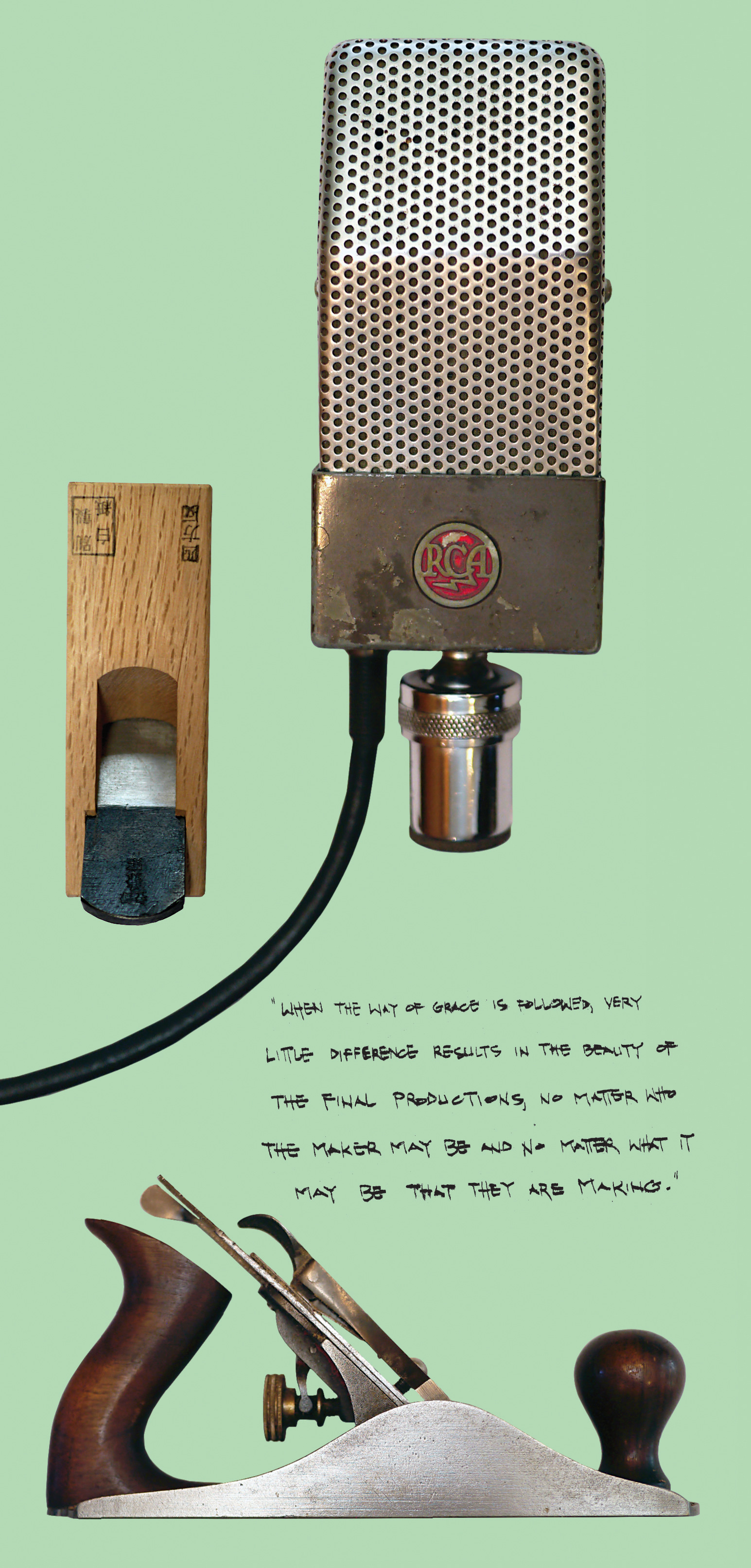In my previous Gear Geeking roundup of true wireless earbuds [Tape Op #150], I mentioned how I prefer Google Pixel Buds A-Series for making calls and listening to news, since they’re very midrange-focused. Lacking bass response and active noise cancellation, they’re inferior for music consumption in noisy environments. Online reviewers and customers for the most part agreed. Google’s answer? The new Pixel Buds Pro model. A month into owning the Buds Pro, I’m surprised-not-surprised that so many bloggers in the Google/Android space are raving about them. Yes, the Buds Pro have ANC, but I find it significantly less effective than ANC on the Sony WF-1000XM4 earbuds that I also covered previously. To my ears, Google’s version is effective only below 500 Hz. Therefore, when I enable ANC while flying in a plane, the roar of the engines is cut down to a still-pronounced hiss; but that’s certainly better than the minimal passive attenuation offered by the A-Series. Comparing their sonic performance, the playback responses of the Pro and A-Series are opposites, with the Buds Pro taking “lifestyle” sound to the extreme. Bass is strongly overweighted, and treble is unnecessarily emphasized. Because none of the Pixel earbud models have a companion EQ function, I installed Wavelet Headphone Specific EQ on my Pixel 6 phone, and using the app’s rudimentary but serviceable nine-band graphic equalizer, I attenuated 75 Hz by -7.5 dB, the lowest it could go, to counteract the broad bass boost that I can hear listening to music or sine-wave sweeps (and I measured as +12 dB at 50 Hz). I also turned down 4.8 kHz by -5 dB to offset the narrow “ringing” frequencies I’m able to discern in the upper-mids and highs (+9 to +14 dB peaks between 3 and 7 kHz). Unfortunately, running Wavelet adds latency on top of the already perceptible delay from AAC or SBC encoding, which are disappointingly the only two codecs supported by the Buds Pro, so watching a movie with Wavelet enabled can be annoying. During movie playback on your laptop, multipoint connectivity allows you to take a phone call on the Buds Pro without having to fiddle with Bluetooth settings. Like so many things Google, this “advanced” feature works most of the time. (When it doesn’t, it’s no worse than not having it.) And because of tight integration with Google Assistant on Android, you can take calls, control playback, change volume, and issue commands with your voice or with well-implemented touch gestures. Buds Pro can also work with Google Translate to offer two-way conversation mode, as well as follow-along in-ear translation. I can wear the Buds Pro for hours on end without complaint, and there’s never any sensation of pressure build-up, even during air travel, thanks to Google’s unique active pressure-relief technology; but the A-Series stay in my ears more securely because of the comfortable “wings” incorporated in their design. With all that said, for any voice-centric activities, I still prefer the older (and now much cheaper) Pixel A-Series ($69); and for music and film, Sony WF-1000XM4 earbuds ($228) remain my favorite. I’ll make a quick mention of 1More, an affordable brand that markets itself as high-value. I own three different sets of their earbuds, including the latest 1More EVO true wireless earbuds ($153 direct, after the always available 10% discount). I appreciate their neutral sound, and bass presentation is quite good, without being overbearing. Up top, the response curve isn’t as smooth. In my ears, the EVO earbuds exhibit peaks at 3 and 9 kHz, as well as dramatic dips at 4.2 and 7 kHz, with more harmonic distortion than the Buds Pro and WF-1000XM4. ANC performance is mediocre. The EVOs are priced mid-market, and overall quality is definitely middle-of-the-pack. -AH

